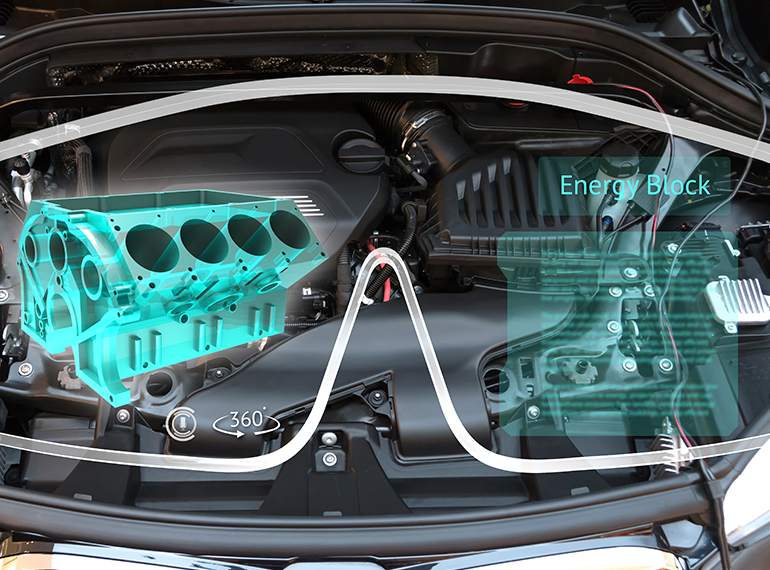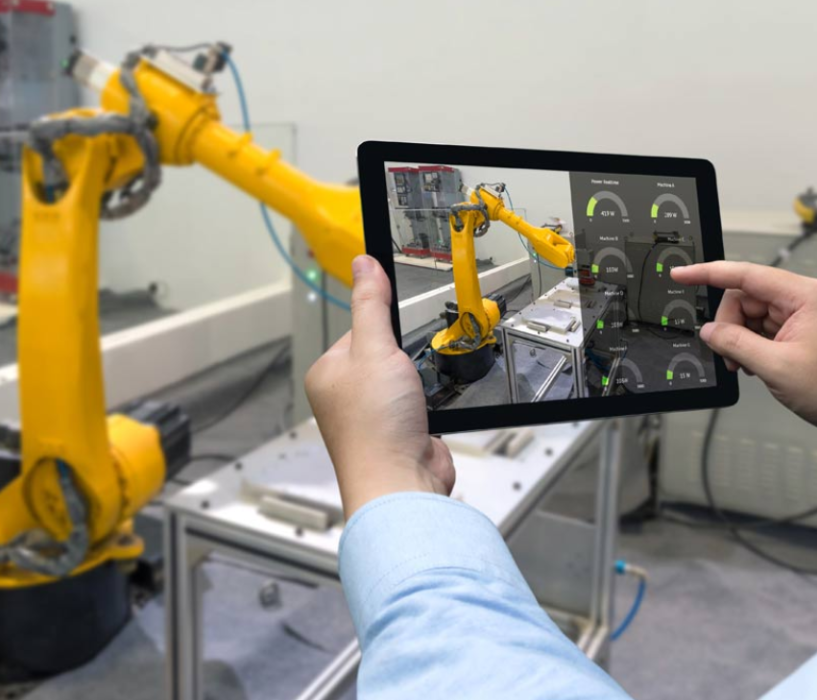
January 21, 2021 – GridRaster Inc., a provider of cloud-based XR platforms that power high-performance and scalable augmented, virtual and mixed reality (AR/VR/MR) experiences on mobile devices for enterprises, has announced that it has achieved millimeter accuracy in mixed reality overlays using three-dimensional Artificial Intelligence (3D AI).
GridRaster offers its 3D AI solutions for virtual overlays in design/build environments, allowing businesses and enterprises to leverage the technology for applications such as design overlays to design and build airlines and automobiles, for example.
The company stated that much of this immersive MR experience has traditionally been used by leveraging two-dimensional (2D) virtual technology. However, GridRaster now leverages deep learning-based 3D computer vision for more accurate spatial mapping. One of the key requirements for MR applications is to precisely overlay on an object its 3D model or digital twin. This helps in providing work instructions for assembly, training, and also catch any errors or defects in manufacturing.
According to GridRaster, most on-device object tracking systems use a 2D image and/or marker-based tracking. This limits overlay accuracy in a 3D environment because 2D tracking cannot estimate depth with high accuracy, and consequently the scale, and the pose of an object. This means that even though users can achieve what looks like a good match when looking from one angle and/or position, the overlay can lose proper accuracy during alignment.

Deep learning-based 3D AI therefore allows users to identify 3D objects of arbitrary shape and size in various orientations with high accuracy in the 3D space. The company added that this approach is scalable with any arbitrary shape and is amenable to use in enterprise use cases requiring rendering overlay of complex 3D models and digital twins with their real world counterparts.
The method can also be scaled to register partially completed structures with complete 3D models, allowing for on-going construction and assembly. GridRaster states that its module can achieve an accuracy of up to 1mm in the object registration and rendering through its platform. The company also noted that rendering accuracy is primarily limited by the device capability.
“This sophisticated and unique approach to 3D object tracking will allow our enterprise clients to truly fuse the real and virtual worlds, opening up many applications,” said Rishi Ranjan, CEO of GridRaster. “With 3D AI our clients can leverage cutting-edge virtual design/build applications that include training with work instructions, defect and error detection in construction and assembly environments, and 3D design and engineering with life-size 3D rendering and overlay.”
For a demo or to learn more about GridRaster’s 3D AI Mixed Reality module, please visit the company’s website.
Image credit: GridRaster
About the author
Sam is the Founder and Managing Editor of Auganix. With a background in research and report writing, he has been covering XR industry news for the past seven years.
